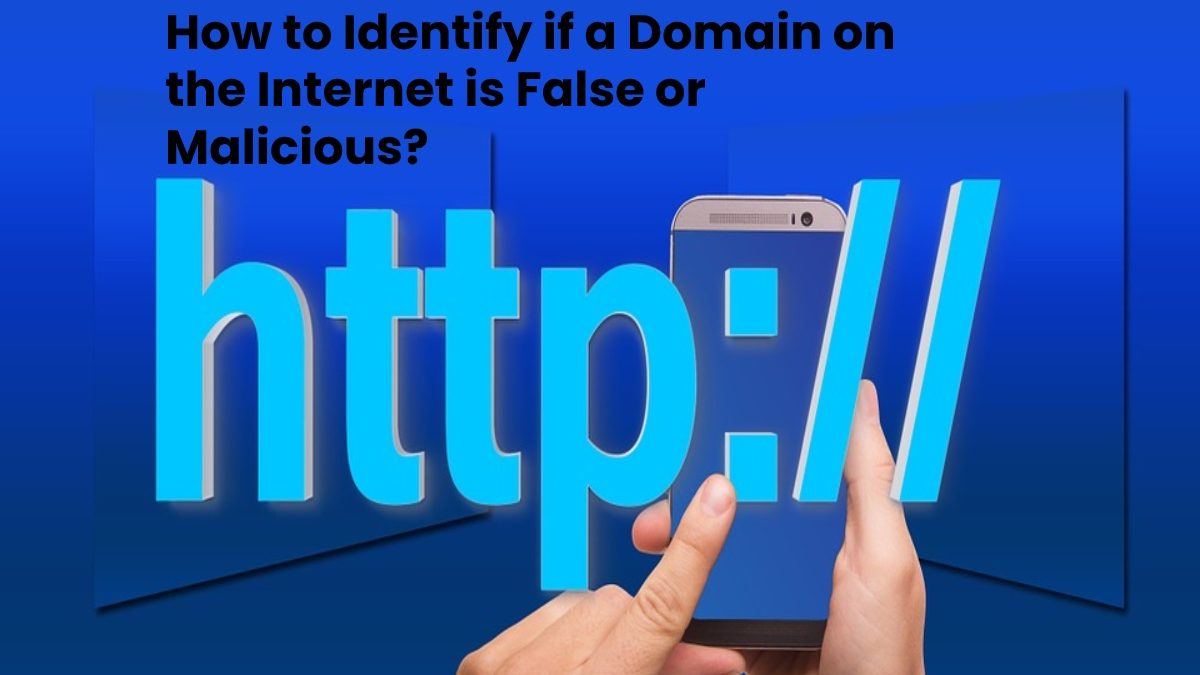When we browse the Internet, many web pages are available to us. Many sites where we can inform ourselves, look for entertainment, be in contact with other users, etc. We have a wide range of possibilities. However, it must be borne in mind that not all the pages we visit are secure. Many of them have been created with the sole purpose of stealing information, putting our privacy at risk, or serving as a Phishing attack. For this reason, in this article, we wanted to share a series of tips to identify false domain.
Table of Contents
How to identify Fake Domain?
When browsing the network, we have to enter addresses in the browser bar. We access through links or Google searches. All this leads us to a specific website. Within each site, there are many pages (different sections, etc.). However, a web page, a domain, can be fake. It can merely create to steal information.
Therefore, when we go to enter a site, we must carefully observe that domain, that address, or URL. In this way, we will avoid falling into problems that may compromise our security and privacy. For this, we can take into account a series of tips.
Observe the Extension to Identify False Domain
A first step that we must take to know how to detect a false domain is to observe the extension. We are talking about the section corresponding to .com, .org, .in. Are we within the page that we want to visit? Is there something weird with the extension?
Some hackers use websites with different extensions to trick the victim. The name may be fine, which is the body of the domain, but not the extension. In this way, they manage to confuse users and carry out their attacks. For this reason, many webmasters choose to buy different extensions and thus guarantee the legitimacy of the sites.
See if the Website is Encrypted
Another important point that we must always observe is if the website is encrypted. We already know that this indicates if we see HTTPS before the domain(it is a save website). Especially you have to look at this if you are going to enter personal data or make a payment. It’s crucial.
The fact that a site is encrypted means that our data will travel like this, in encrypted form, without it being intercepted. If a web domain is fake and creates with the idea of stealing information or being a threat, it is normal that it is not encrypted.
Look at Possible Domain Failures
Of course, this is important. Many hackers create domains, much like the legitimate one. This means that they are going to change a letter, number, put a hyphen. Anything that ultimately changes the address of the site but that at first glance may seem legitimate.
You have to observe the address very well and check that it is not false. We can look at small details that help us do this.
The General Appearance of the Site
We cannot forget the overall appearance of that site. Does it show anything that makes us suspicious? Do you have sections or content that shouldn’t be there? They may have tried to imitate the legitimate aspect of that site, but it isn’t. We can observe its appearance well and detect anomalies.
Extensions to Detect Malicious Sites or Identify False Domain
Something that we can take into account to identify false domains is to have browser extensions that can help us do this.
There are many plugins for the main browsers like Google Chrome or Mozilla Firefox that are designed to give an alert in case you find that a link may be fraudulent.
What are the Dangers With False Domains
Accessing fake domains can be a major danger to users. For example, it could use to carry out phishing attacks. We already know that this is the method that hackers use so that users log in, and the data goes to a server controlled by them. This way, they can steal credentials and passwords.
It could also use to send malware. For example, when downloading software or any file. It can offer something specific, and when it comes to downloading, it puts our security at risk and, ultimately, affects systems and devices.
It could even redirect us to third party sites that, in turn, are a security threat.
In short, fake domains are a significant problem that is very present. It is something that we can find when surfing the net, but mainly they are the links that we can receive by email, social networks, or even instant messaging platforms. We must carry out these tips that we have been mentioning so as not to jeopardize our security and data at any time.

